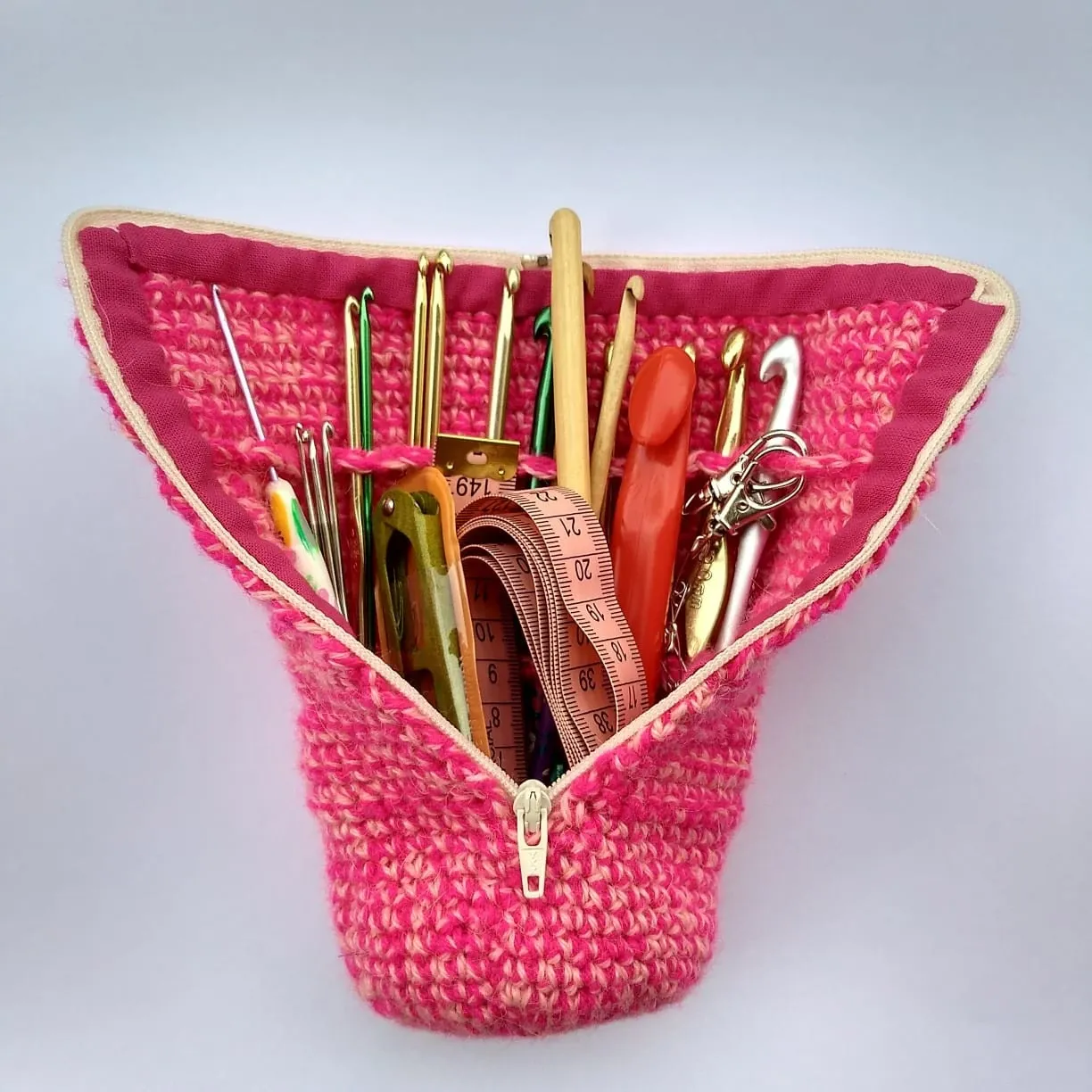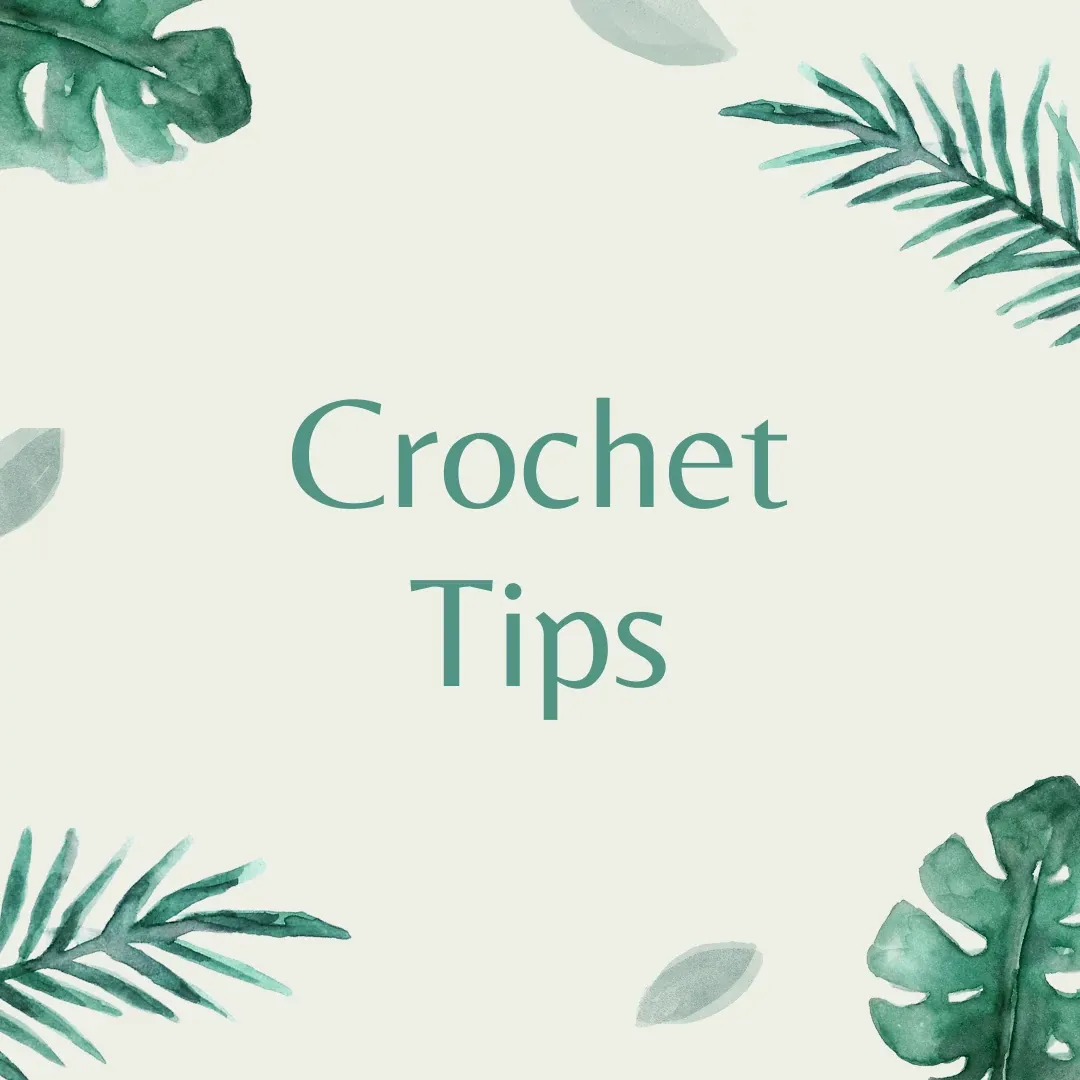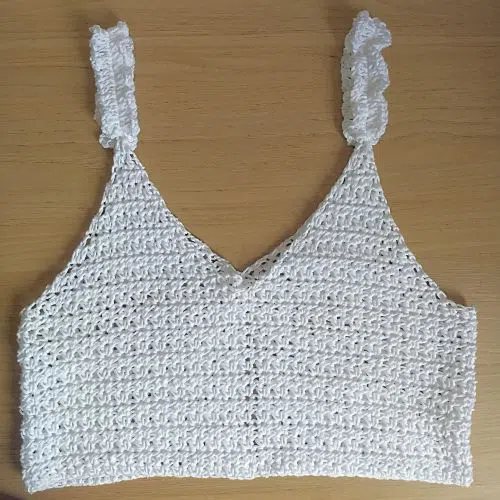Good good knitter! If you are reading this post it means that you want to learn crochet and that is why I am here writing this post! :)
Before we start I want to tell you something super important! Learning a new technique always requires patience and perseverance, as long as you practice and don't give up out of frustration because it doesn't work out, you will succeed! With half an hour or 1 hour per day (or whatever you can) is enough for you to hold his hand, and when you realize it, it will be easier for you every time. The important thing is that you keep in mind that perseverance is the important thing, that you practice every day for a little while, as long as you can, it will be enough and you will notice the improvements little by little, even if at the moment it seems that you are not advancing It happens to all of us!
Recommended materials to start weaving for the first time:
Crochet number 4mm to 6mm. With any crochet hook that is within those sizes we will be able to begin to study and understand more easily each stitch that we are making.
Thread that goes with the chosen crochet number. In general, the person who sells them the yarn knows how to indicate the thread for the needle they buy (the ideal is to buy in a specific place of yarns, which is where they will find personnel who can help them with this), they can also see the recommended crochet hook that comes on the label of the chosen yarn, and the last option is to see if the hook they chose completely embraces the thread, that is, the thread is neither too big nor too small for the hook (reference in the following photos).
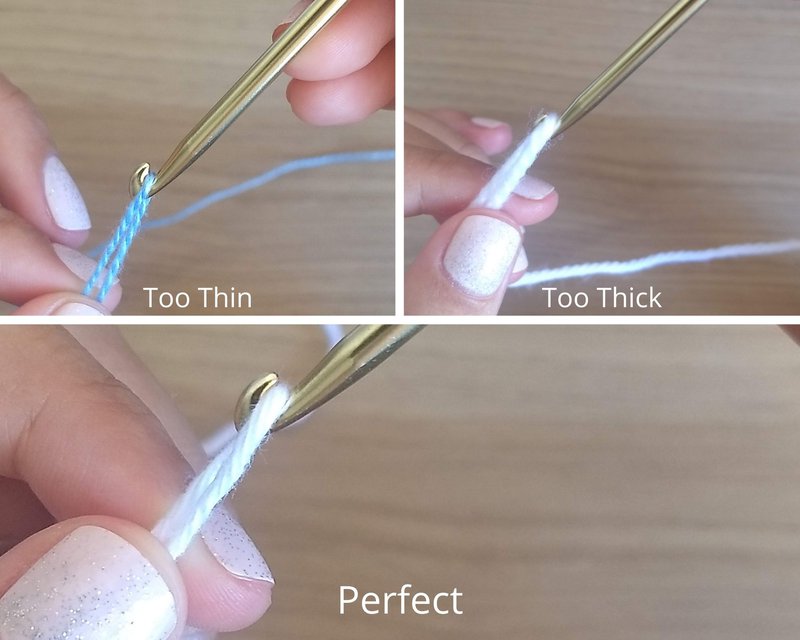
WATCH VIDEO OF THIS CROCHET COURSE - MAIN STITCHES
We are going to start by learning to grab the thread, the needle and make a knot at the beginning of the fabric. It is worth saying that all the people in the world who knit have different ways of gripping and making the initial knot, so it is a matter of trying what is most comfortable for you.
Notes:
- For the single crochet we are always going to pick up a chain to knit the next round, and we are going to knit the first stitch at the same point where the chain we picked up comes out, why? because it's easy to skip that chain when we knit the next round because it's not as visible as knitting a single crochet. For example, I already knitted my first single crochet round, now I have to pick up a chain, turn knitting and knit round number two. If I prick the first stitch in the second half stitch, counting from the point where the chain that I just knitted comes out of, when I go to do the third round, it will be difficult for me to distinguish the chain as the last stitch of that round, on the other hand If I knit the first stitch of round number 2 at the point from when I knitted the height chain when I knit round number 3, it will be easier to see that I have to knit one more stitch in that half stitch and thus avoid skipping stitches. Remember that it is always important to count the stitches that I knit in each round to verify that I am neither decreasing nor increasing stitches unintentionally and in this way achieve a straight and neat knit. Of course I have to knit a stitch for each base stitch to make it neat so I always have to pay attention.
- In the case of double crochet, every time I'm going to knit a new row I have to pick up 3 chains, and in this case, since the 3 chains are clearly visible, they will represent the first stitch of the round, and I'm going to knit my first double crochet in point number 2 of the previous row as seen in the video.
- If we see the half double crochet, I am lifting 2 chains to make each round, and the next stitch I am knitting at the same point from which I took the chains, and I am not knitting the last stitch of the round, it would be like making a increase in the starting point and a decrease in the last point. I knit this way because if I knit the second stitch of the round in the second stitch of the row below, I would have a hole left, instead this way there is no hole left and I achieve an even knit as seen in the video.
Once we manage to grab the needle and the thread we will start making the chains. This chain stitch is the starting key to begin knitting any project.
Very good! Do we already have the practice of these first steps? Now we can continue with the basic points! Which are?
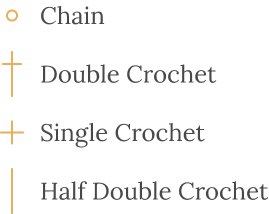
Then you have several double crochet options depending on the number of loops you make, such as double crochet, triple crochet and so on...
With all these points we can form different plots in our fabrics. We are going to start learning how each one is done and very importantly, to differentiate one point from another. Why is it important to differentiate the points? Because in this way we can know where to click, how many stitches we have in our fabric, which is the stitch that we made and which is the one that we have to do, etc. The key is to study each stitch so that it is easy to achieve a neat fabric later.
